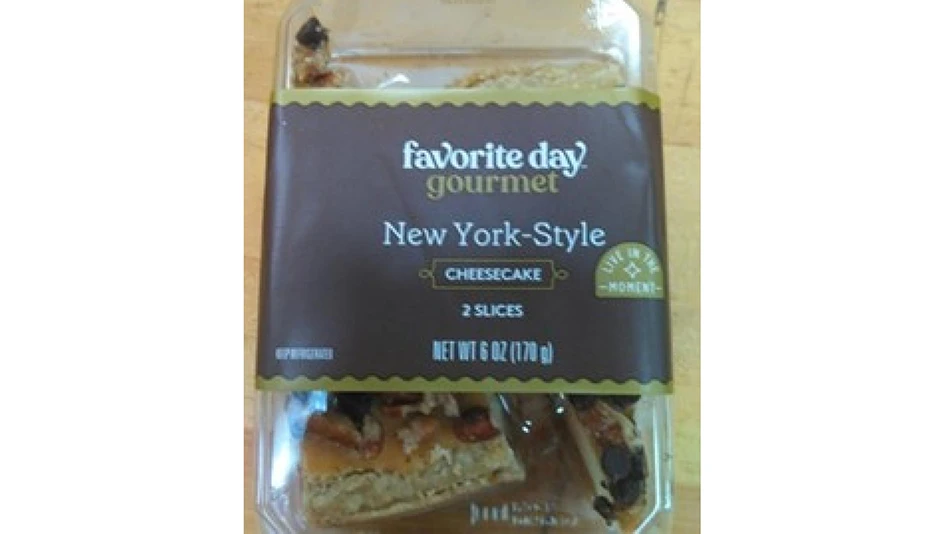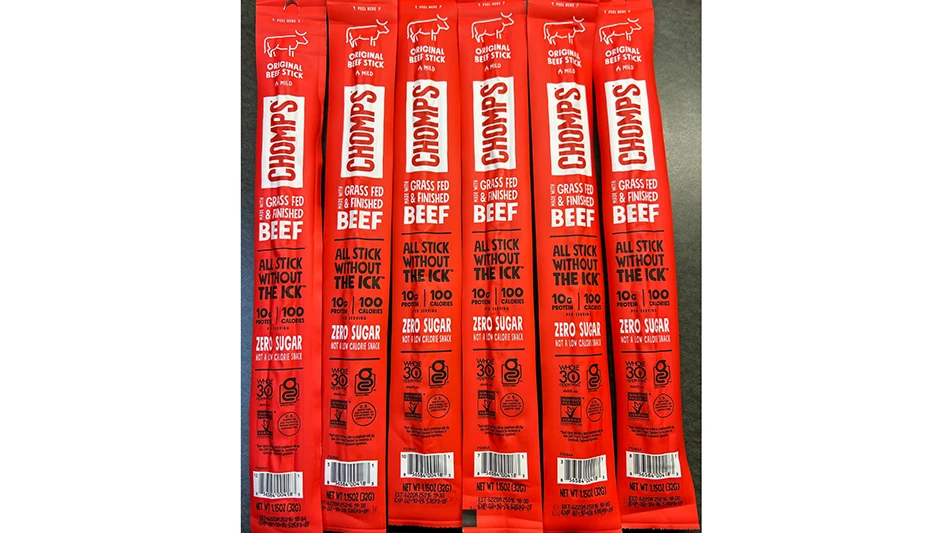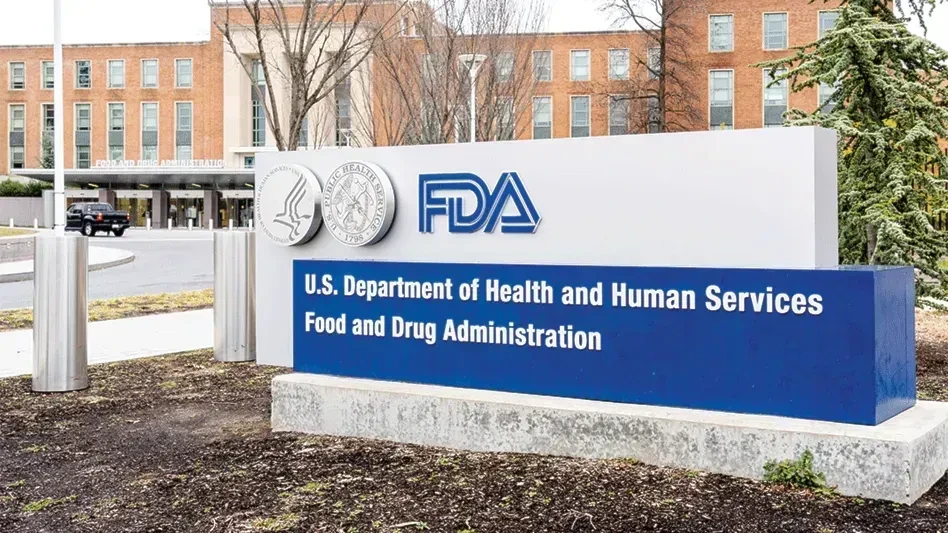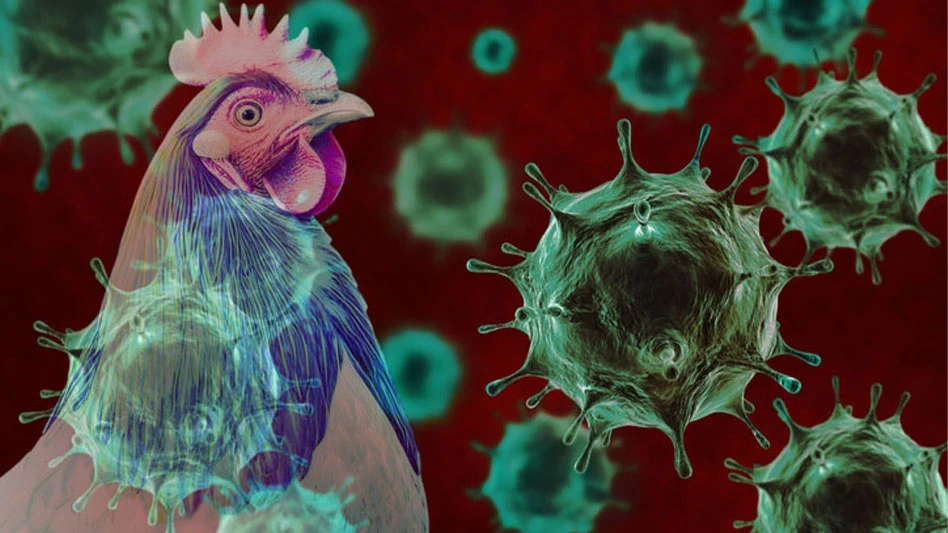
Mice and rats can transmit 200 pathogens and 35 diseases to humans; cause significant structural damage by chewing through materials such as plastic, wood and sheetrock; and have been known to chew through wiring, putting buildings at risk of electrical fires. With mice and rats able to produce multiple litters in a single year, with about six (mice) and up to 12 (rats) in a single litter, the potential damage wrought by the entry of a single female rodent can be significant, making prevention an essential practice for food facilities. This is particularly true when one considers the 82% of our survey respondents who stated that rodents had been sighted outside their facilities (Table 6, page 4).

So, what steps were taken to prevent those rodents from getting into the facility and causing damage? Of the 97% of respondents who have preventive practices in place (Table 8), the most common practice was that of regular inspection (95%). This was very closely followed by a focus on the areas where rodents were most frequently seen, with rodent traps near doors (94%) to prevent outdoor rodents from coming in and traps in ingredients or supplies (93%).

A high majority of facilities also prevented the entry of outdoor-originating rodents through the sealing of cracks and gaps (88%), instructing employees to keep doors closed (88%) and installing door sweeps or air doors (78%).

Explore the July August 2021 Issue
Check out more from this issue and find your next story to read.
Latest from Quality Assurance & Food Safety
- Seeding The Future Global Food System Challenge Finalists Revealed
- TraceGains Launches AI-Powered Intelligent Document Processing to Improve Ingredient Safety, Compliance
- IFT Virtual Workshop on Food Fraud Prevention to Address Supply Chain Disruptions
- Penn State Course Covers Fundamentals of Food Science
- Joint FAO/WHO Expert Committee on Food Additives Seeks Experts
- FDA Reschedules Webinar on Updated ‘Healthy’ Claim
- Thousands More Laid Off at FDA, CDC in HHS Restructuring
- USDA Extends Deadline on Request for Information for Poultry Quality Standards





